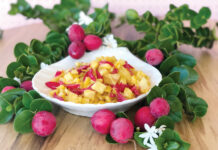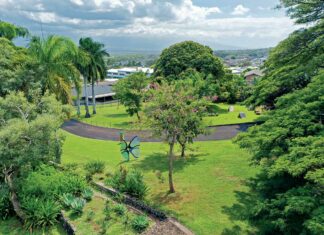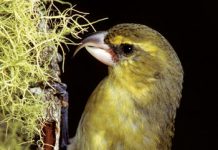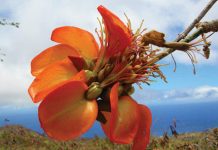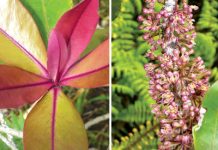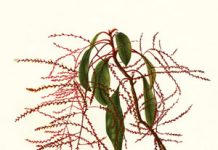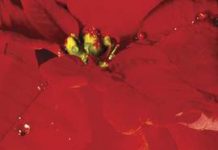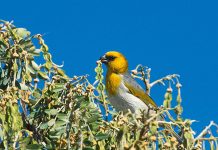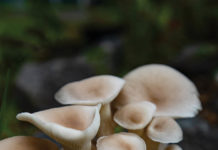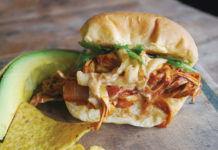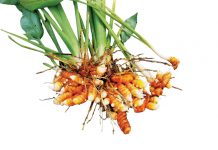Story by Shannon Wianecki
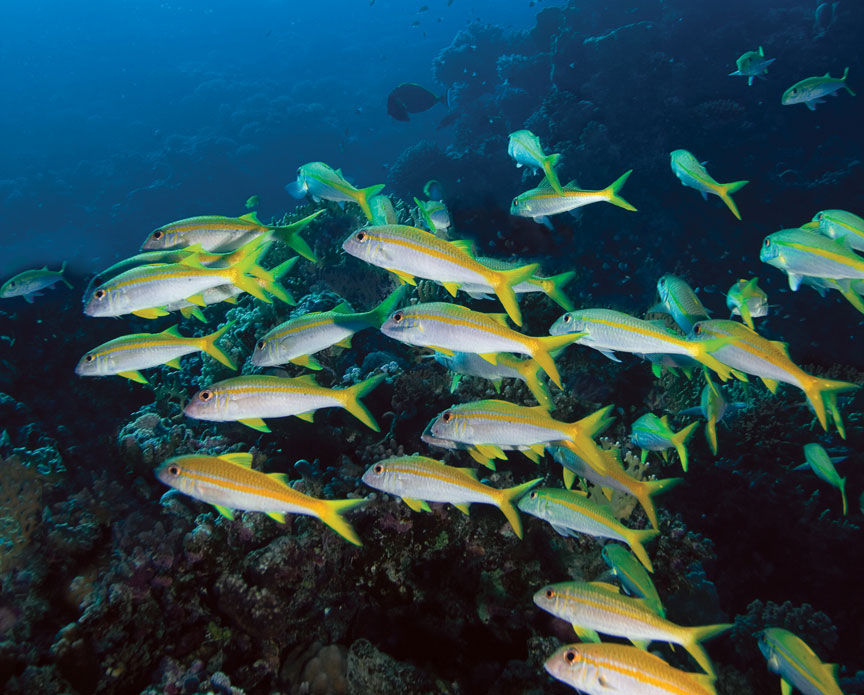 As summer ripens, local fishermen start scanning the shoreline. When a sharp-eyed angler spots the telltale signs of a big school circling beneath the surface, he busts out his bamboo pole and bait, and hopes to keep his find a secret as long as possible. But soon, uncles, aunties and even keiki (children) line up beside him with their nets and poles.
As summer ripens, local fishermen start scanning the shoreline. When a sharp-eyed angler spots the telltale signs of a big school circling beneath the surface, he busts out his bamboo pole and bait, and hopes to keep his find a secret as long as possible. But soon, uncles, aunties and even keiki (children) line up beside him with their nets and poles.
They’re after oama, or baby goatfish. In summer, oama gather by the hundreds or thousands, seeking safety in numbers and the protection of shallow water. Circling these massive schools are larger, predatory fish—barracuda and papio (young ulua or jacks), who dart in periodically for an attack.
Meanwhile, the anglers stand together in knee-deep water, casting lines for hours, catching up to fifty six- or seven-inchers a day. Many fishers have their eye on a larger prize: oama make the best live bait for the delicious papio. But most oama fishers pan-fry and eat their catch, bones and all. A few eat the fish raw with salt, as they did in old Hawai‘i. Catching oama is a Hawaiian tradition—one that may have to be protected by new regulations as goatfish stocks continue to dwindle.
Adult goatfish, known as weke in Hawai‘i, play a critical role in cycling energy up from the sea’s floor. They use their barbels (fleshy, whisker-like filaments) to probe the sand for crabs, mussels and worms. In turn, these bottom-feeding fish become food for bigger, pelagic fish. Local resource managers consider goatfish an “indicator species,” which means that the species’ health can be used to measure the surrounding ecosystem’s stability.
If you spot a group fishing for oama and want to join in this local pastime, don’t be shy. All you need is a hand pole, a little bait, and some good manners.

